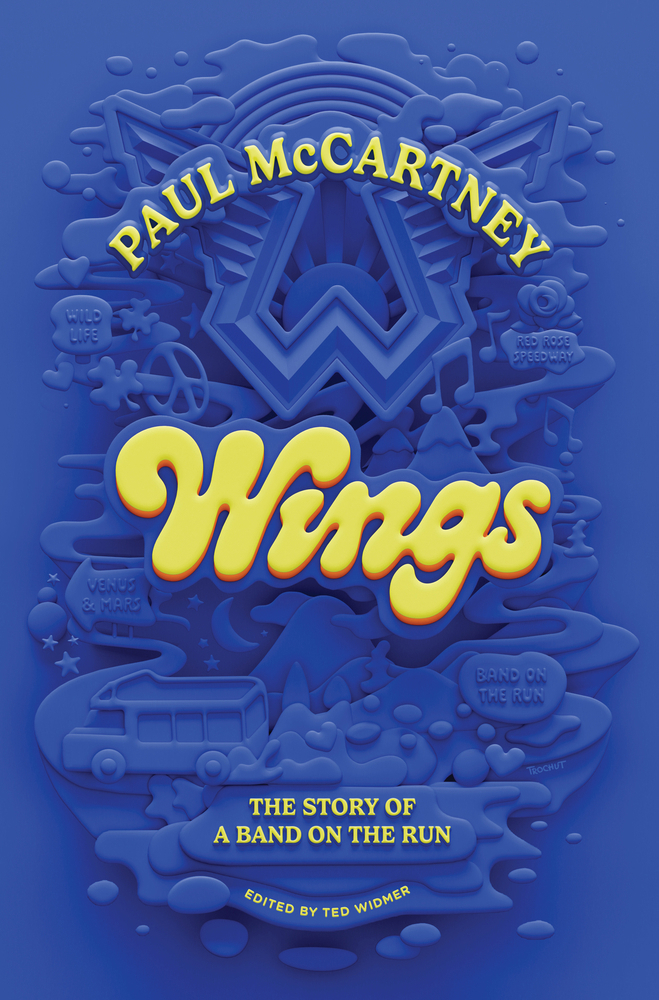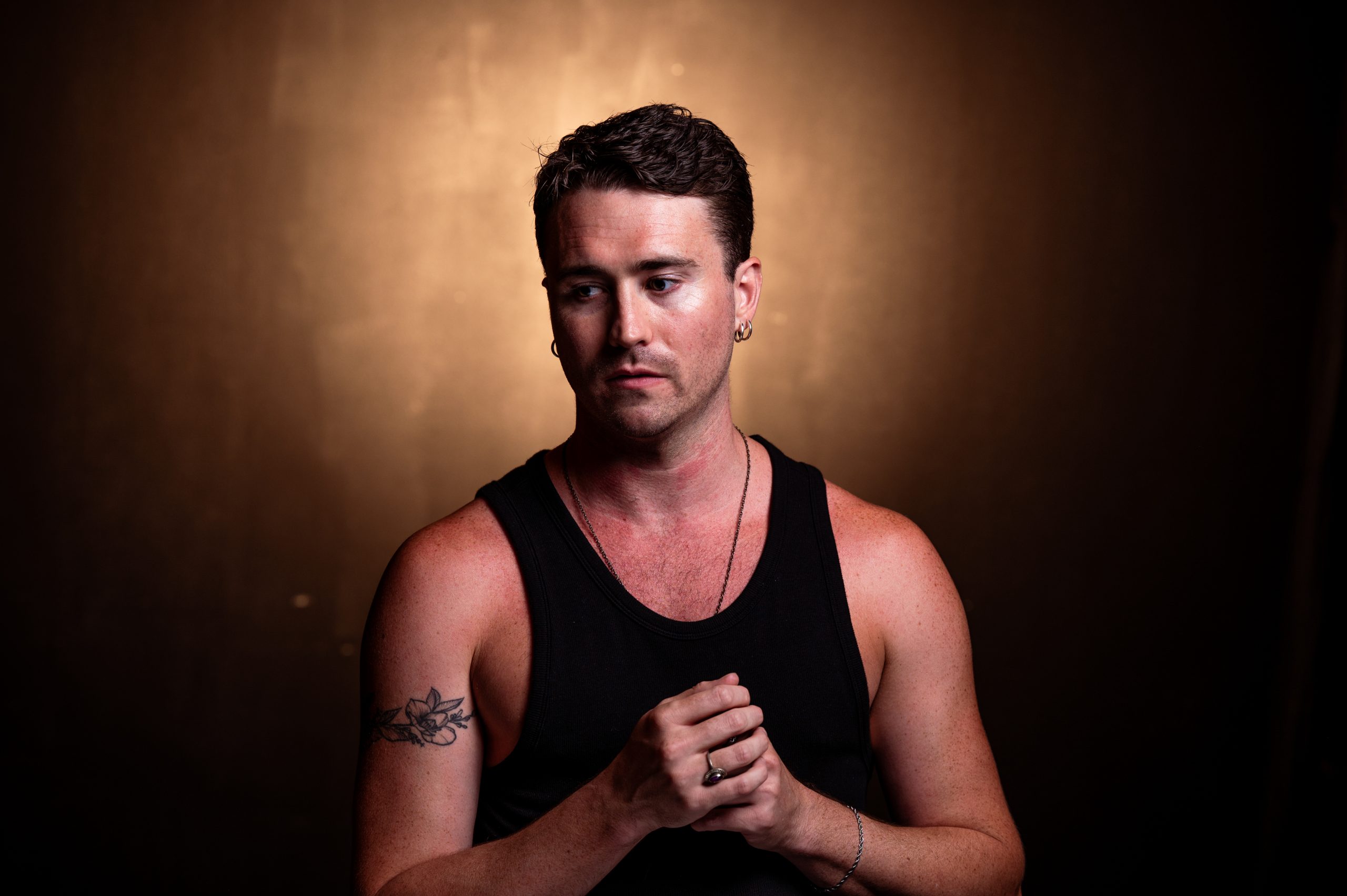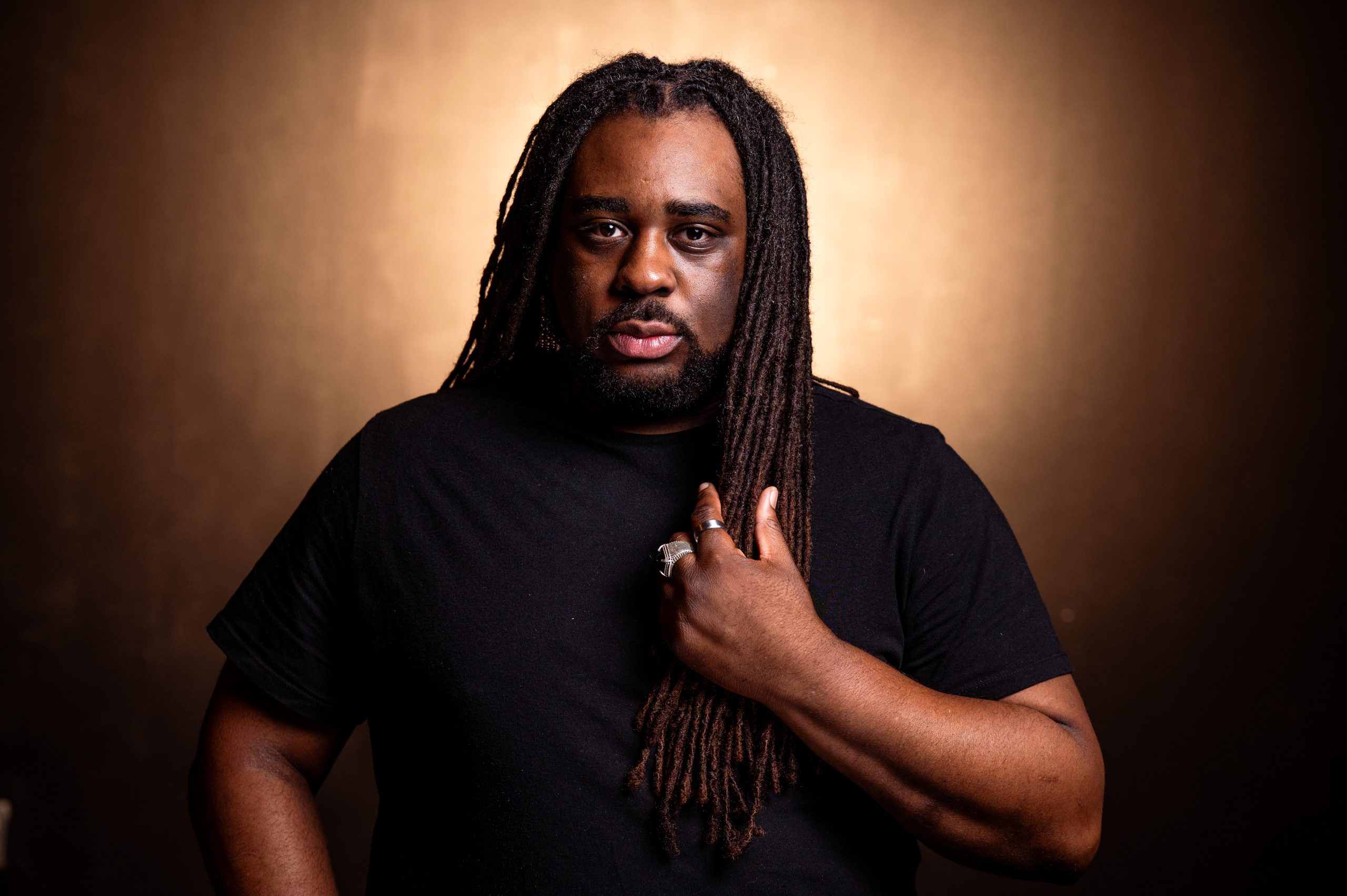New Book Celebrates Paul McCartney’s “Other” Band
Paul McCartney was 27 years old when the Beatles broke up. Think about that. Twenty-seven. By that time, he’d already done A Hard Day’s Night, Rubber Soul, Revolver, Sgt. Pepper’s Lonely Hearts Club Band and Abbey Road. All in the past.

And now, not only was the World’s Favorite Band no more, but it also seemed to be Paul’s fault, as it was him suing the other three to dissolve the organization. Never mind that those three had all quit themselves in the previous couple of years. It took de facto leader at that point McCartney to actually pull the trigger (or actually file the lawsuit).
At first, he retreated to his isolated Scottish farm with new wife Linda and her daughter from a previous marriage. He brooded, drank a lot, and tried to fend off the rumor that he was actually dead.
Being a compulsive create sort, he soon got back to writing and recording, producing two low-fi, low-threshold releases in McCartney and Ram. Both savaged by the critics because, well, it wasn’t the Beatles.
But McCartney really wanted to be part of a group again, just one of the lads. And maybe his wife would be in it as well. And a few other blokes. And thus, taking Johnny Cash’s band as inspiration for its set up and an imagined image of an angel looking over newborn daughter Stella in the ICU, Wings began to take flight.
Now, the story of Paul McCartney’s “other band”—which would find success in the ‘70s just as his previous one had dominated the ‘60s—is told in Wings: The Story of a Band on the Run (576 pp., $40, Liverlight).
And while McCartney is listed as the author, this tome is really an oral history, told by band members, associates, and friends. The recollections are culled from archival interviews, those done for Macca’s own MPL company, and ones conducted by filmmaker Morgan Neville for his companion documentary, Man on the Run. It was up to Editor Ted Widmer to sift through the millions of words.
From the get go with the first Wings album, 1971’s Wild Life, Paul McCartney definitely wanted to get back to where he was before, when he was in a struggling group playing small local stages. So to do that—as well as break in the lineup of the McCartney (vocals/bass), wife Linda (keyboards), Denny Laine (vocals/guitar), Henry McCullough (lead guitar), and Denny Seiwell (drums)—the band’s first tour was quite different from any other.
Dubbed “The University Tour,” Wings—along with a couple of roadies and the McCartneys now three children—set off across the UK in two vans, headed for college campuses. Pulling up to the student center, the group would locate a student coordinator, see if they would like the group to play that evening or the next afternoon, and then split the modest proceeds.
Many students, utterly unbelieving, would change their tune the minute they set sights on one of the most famous persons in the world in the van’s front seat. Word spread like wildfire on campus, and Wings would set up, play for anywhere from scores to more than 1,000 bodies, pack up, and take off to the next town.
The only problem? There would be no Beatles songs performed, and the band itself knew barely knew a dozen numbers at that point. Hence, you might hear “Long Tall Sally” three times in the span of an hour or so. But nobody seemed to complain.
Despite his protestations or ideas otherwise though, Wings as never a true “band” in the sense of equal power and contributions. Paul was always going to be first among equals (or, as George Orwell put it in Animal Farm, “”All animals are equal, but some animals are more equal than others”).
McCullough and Siewell quit over amounts of musical contributions and salaries (mean the core trio recorded apex Band on the Run by themselves in Nigeria), which would also be sort of the same story with others.
To the book’s credit, all members (which also included over the years Jimmy McCulloch, Geoff Britton, Joe English, Steve Holley, and Laurence Juber) have some say in these pages. McCartney’s daughters Heather, Mary, and Stella also offer their childhood memories (all three tended to be on the road and/or in the studio with Mom and Dad).
No matter the lineup, though, the stream of McCartney-penned hits was long: “Live and Let Die,” “Junior’s Farm,” “Band on the Run,” “With a Little Luck,” “My Love,” “Jet,” “Let ‘Em In,” “Goodnight Tonight,” “Coming Up,” and “Hi, Hi, Hi” among them. And of course, the sweetly sentimental “Mull of Kintyre” held the record for the biggest selling single in UK history until Band Aid’s “Do They Know It’s Christmas?”
There is a tinge of hagiography throughout though, as would be expected with any authorized/official account. Was it really an “act of courage” for Wings to release a cloying, sing-song version of the nursery rhyme “Mary Had a Little Lamb?” Could any current review shower praise on Wild Life or Red Rose Speedway? In this book, even the musical missteps are portrayed as not that bad and give voice to admirers.
Ultimately, it wasn’t a musical event that brought about the end of Wings—though McCartney’s interest in touring and being in a band was fading. But his 1980 marijuana bust in Japan after airport police found a huge bag of weed in his luggage that Paul hadn’t even bothered to try and hide. An offense that could have resulted in a 7-year prison sentence ultimately turned into nine days in jail before charges were dropped and he was released.
And then, John Lennon was murdered. So, his former partner wasn’t too keen on being on tour, out in the public, every day. Would he be next?
Paul McCartney would return to being a solo artist, though often collaborating with wife Linda. Just recently, he was in Texas giving a nearly 3-hour concert at the age of 83 (that vegetarian lifestyle must count for something).
There used to be a joke going around about a Wings-obsessed teenager in the mid- ‘70s who had no clue about the Beatles and asking, “You mean Paul McCartney was in a band before Wings??” And while Macca’s time with the Fabs of course receive the lion’s share of printed words on dead trees, it’s great to have a hefty tome dedicated to that “other band” of his.
This article appears in Jan 1 – Dec 31, 2025.
Related

Reign Bowers is an outdoor enthusiast, adventure seeker, and storyteller passionate about exploring nature’s wonders. As the creator of SuperheroineLinks.com, Reign shares inspiring stories, practical tips, and expert insights to empower others—especially women—to embrace the great outdoors with confidence.









Post Comment